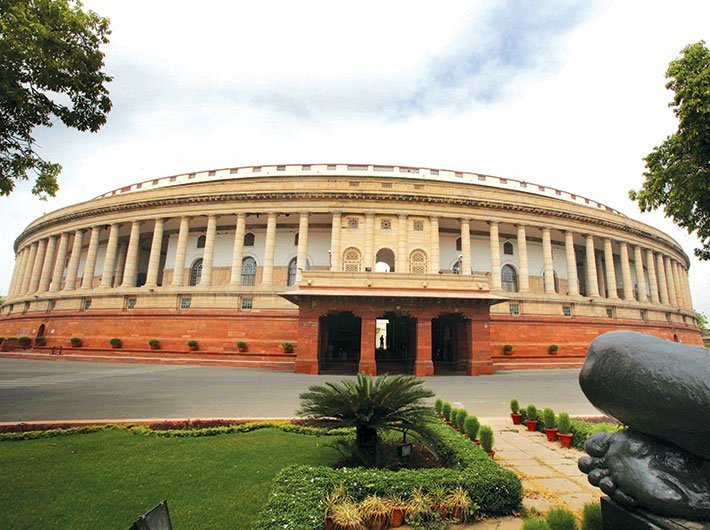The Standing Committee report analyses its operation, makes recommendations, which deserve to be critically examined for revamp towards IBC 2.0
The Standing Committee on Finance of the parliament has come out with a report on implementation of the Insolvency and Bankruptcy Code (IBC) - pitfalls and solutions. It was presented in both houses of parliament on August 3. It has gone into the basic pillars of the IBC, studied corporate insolvency resolution process (CIRP), amendments made to the code, and has outlined its observations/ recommendations. A reading of the report reiterates the crucial role that Standing Committees, in general, play in the evolution of legislative business and the enormous value addition these committees bring on the table.
In recent days, there has been a lot of outrage on bankers accepting haircut as large as 95%. And obviously this is not prime facie acceptable. But do bankers have much of choice? As per data upto May 2021 contained in the report, 1,318 cases headed for liquidation against 365 cases resolved. So, 4 out of 5 cases went for liquidation. As per IBBI data as on March 21, the claims of the cases headed for liquidation was ₹6.65 lakh with liquidation value of ₹0.34 lakh, approximately 5% (Haircut expected 95%).So, it is a Catch-22 situation.
IBC was indeed a game changer in moving from debtor-in-possession to creditor-in-control. Here lies the challenge. Running a unit is an entrepreneurship, and running a sick unit is all the more challenging. Not many resolution professionals – who are mostly CA, CS, lawyers or even bankers – have requisite skillsets and competence to take over the management and direct it towards turnaround. During the process of resolution, the debtor company faces substantial value erosion as operations take a setback. IBC is like a nuclear arsenal. Its value lies in its deterrence. Indiscriminate use leads mostly to value erosion – equity of promoters and debts of creditors.
The report has studied operation of IBC since inception, and come out with observations and recommendations, which deserve to be critically examined for revamp towards IBC 2.0. A few major ones of these are given below.
1. Functioning of NCLT: There has been delay in disposal of cases under IBC. As per IBBI data for March 21, 79% of cases under resolution had exceeded 270 days. The corresponding figure for cases under liquidation was 72%. This time overrun is contributed largely by vacancy in NCLT benches across India. Out of 63 sanctioned members, the vacancy was 34 as per the standing committee report. With vacancy at NCLT above 50%, delay is inevitable.
2. Conduct of Resolution Professional (RP): 123 disciplinary cases have been initiated by the regulators against RPs, out of 203 inspections conducted so far. This number is alarming. Needless to add, success of IBC is is heavily reliant on a team of competent professionals with impeccable integrity.
3. Contours of resolution plan: At present a resolution plan can be submitted as a single bid for the whole. This may be reviewed towards a disaggregated approach, where sum of parts could well be greater than one whole.
4. Committee of Creditors (CoC): At present the commercial decisions are left to the wisdom of CoC. However, there is no test check how this is being exercised. The committee suggests scope to define and circumscribe the decisions made at CoC.
5. Pre-Pack Insolvency: At present Prepack is available only to SMEs. Well. There is a need now to see if a similar design can be made for other corporates also.
6. Annual Appraisal of IBC: Each year there should be review of IBC performance with active participation from academia like business schools.
The Standing Committee has submitted commendable set of findings covering entire gamut of IBC. Now, hopefully, the government will spring into action with suitable legislative and administrative measures to ensure that IBC leads to value maximization for all stakeholders of the ecosystem. Punish the errant promoters who have defaulted payments to banks. But do not treat all promoters as untouchable. Do not throw the baby with the bathwater.
IBC is here to stay. But based on experience and learnings so far in Indian landscape dominated by consortium lending and promoter centric management of companies, it needs suitable tweaking and customization to optimize results. Welcome to IBC 2.0.
Mishra is a policy analyst.
